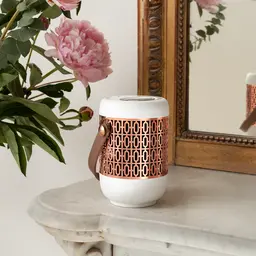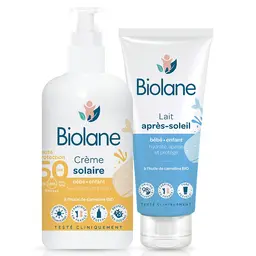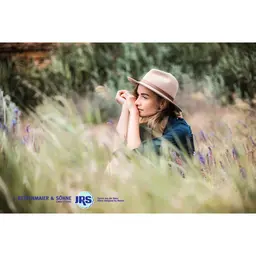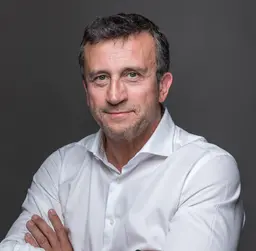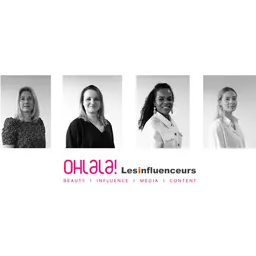
Due to the ecological crisis, industry no longer has a choice: we must go green. While for some it is second nature, for others, the transition is not so easy. It was on the stage of the Beauty Day organised by CEW France that Arnaud Meyselle, CEO of REN, spoke to Laurence Dorlhac about the brand’s eco-responsible shift.
Laurence Dorlhac: Ren is a brand that has been around for about twenty years, but we’ve been talking about it for two years now. Since Arnaud Meyselle took over, to be honest. I have the impression that you are passing the fifth grade and that for some major cosmetics companies, you are becoming an example of good environmental practices.
Arnaud Meyselle: The reason I am here is to testify and show that it is possible to find solutions for the environment. It takes a little courage and above all to go all out, a little like in poker and do an “all in”. Yes, there are risks, but often it pays off. We must be transparent and consistent.
We have to be able to tell consumers what we are doing right, what we intend to do and where we have made mistakes, because it is human to be wrong.
LD: Before continuing, it is necessary to consider the context in which Ren was created 20 years ago. Was there already this activist side and this willingness to go against what everyone else was doing?
AM : This brand was founded by two men. After one of the founders’ wife, then pregnant, reacted to a cream she was applying, they decided to focus on the potentially irritating substances present in cosmetic formulations. From there was born Ren (which means clean in Swedish) and his principle of “clean skincare”.
From the very beginning of the brand’s launch, designers have always made sure to think about the environment. They have chosen white and transparent packaging to make them more recyclable, for example. They had even created a principle of returning empty vials to the brand’s headquarters by post in order to ensure their processing. I might as well tell you that it was possible at first, but it quickly became complicated. So for the past two years, we’ve been trying to get back into the dynamic that the brand had at the beginning.
We have launched a body cleanser with a plastic bottle made from plastic recovered from the oceans. I had the opportunity to show this product to the original founders and they were delighted to see that the spirit they had wanted to instill in Ren was still there.
LD: As we listen to you, we think that you have always been hooked on organic and nature. And yet, in preparing this conference, you told me that you were more of a generation that was going on vacation by car, with everyone smoking inside and no one attached!
AM : Exactly, I am not part of a generation that has become natural as a child. The mutation that has occurred in me and in others is almost an inner mutation. We’re sort of resetting.
It makes you feel better in your flesh, in your business and above all to understand how urgent all these issues are.
I believe very much in the power of encounters. I had the chance to meet Chad Nelson, the CEO of the Surfrider Foundation (beach waste collection organization), based in Los Angeles. We met in a café, he explained to me what he was doing and one thing led to another, we ended up going to Santa Monica beach to pick up some beached plastic.
Since then, we have sponsored some of these events.
LD: How does the brand commit to more eco-responsibility?
AM : We have several areas of development.
First of all, to have more packaging in PCR (Post-Consumer Recycle, editor’s note), while maintaining the quality of the product and without transferring any additional cost to the consumer. We have decided to no longer use plastic bags for samples but small tubes made of recycled PCR.
Of course, it costs three and a half times more, but guess what, if everyone started doing it, the prices would go down, of course.
And then when you create pop-ups or corners, all the furniture used is second-hand, it’s old stuff that you reuse. The result is very beautiful and it allows to communicate about it to the consumer.
I don’t believe in miracle solutions, you have to try, make mistakes, feel around, but you will succeed.
LD: You say it, the solutions you put in place are a little more expensive, but you look like a happy man!
AM : Yes, I’m quite happy. The brand will be 20 years old, and in the two years we have been in “green transition”, we have achieved 50% growth, everything is said, right? As soon as we launch eco-responsible packaging, we sell five to ten times more, not to mention the “Brand Love” it generates for our consumers.
Once again, I am bouncing back on this point to draw a parallel with transparency. Today, our customers are real experts, there is no point in lying to them or trying to fool them. We are not trying to make them believe that we are 100% green when we are not. We must take small steps forward and ask for the patience of consumers.
You will have this patience the day you start doing concrete things. In any case, we are the smallest brand in the Unilever group and yet we are the only ones being talked about! Proof that the efforts are still paying off.

